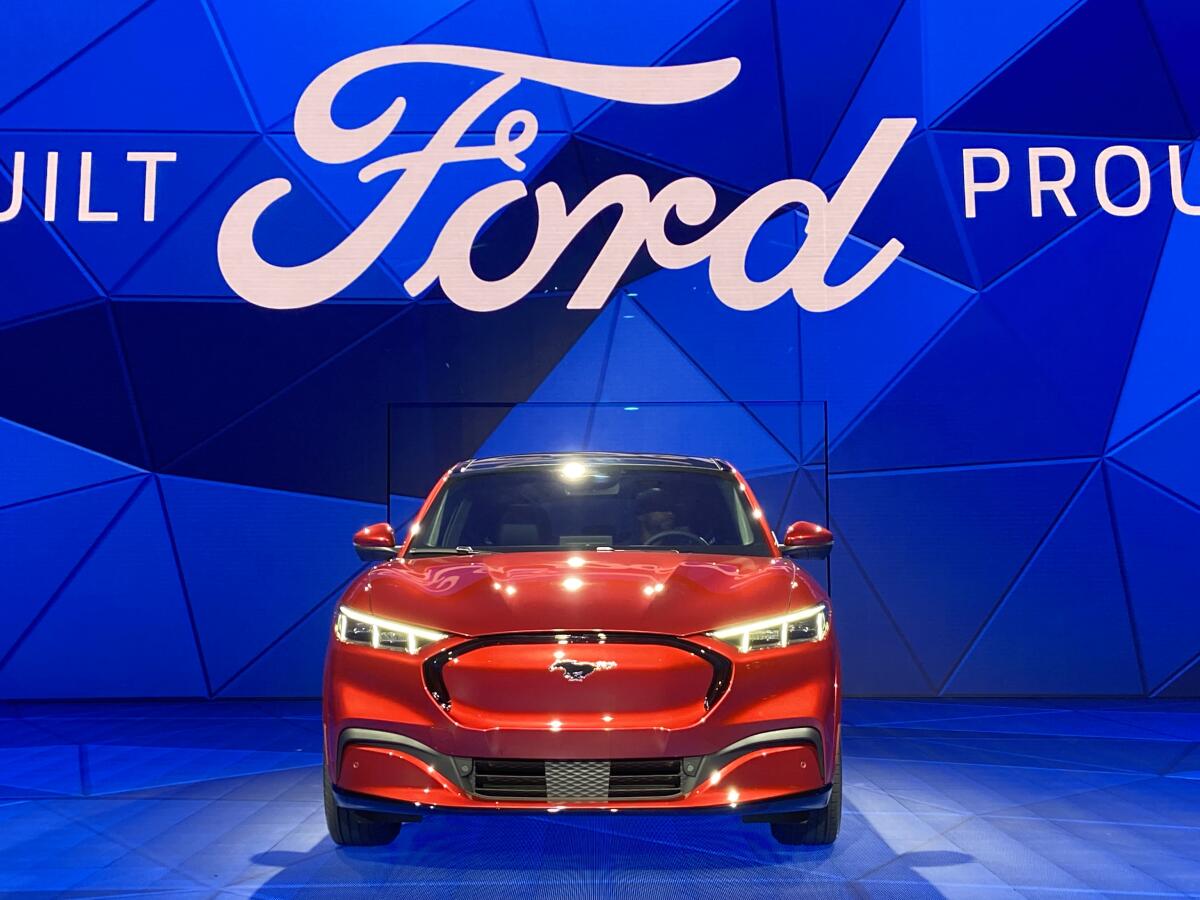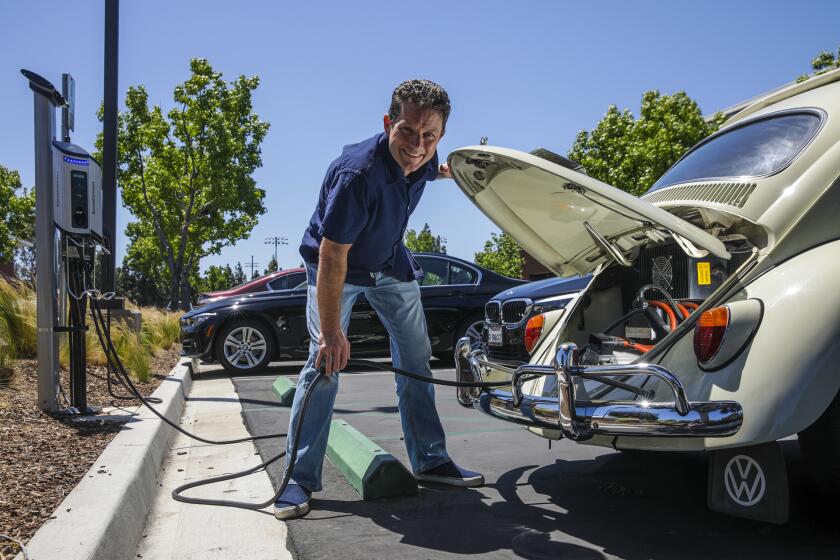Carmakers start to starve combustion models out of existence

Automakers have announced a whopping $526-billion collective investment in electric vehicles through 2026, more than double the amount they mapped out over a similar forward time frame a couple years ago.
Because the industry isn’t doubling its total capital spending, all that investment in EVs — tallied by consulting firm AlixPartners — will come at the expense of development dollars for new and redesigned internal combustion engine vehicles.
Makes sense, right? The hot growth is in EVs. But hang on. General Motors has said it aspires to go all electric by 2035, and other companies are saying 2040 or later. That means consumers will be able to buy a brand-new gasoline-burning vehicle for 15 or 20 more years.
If models running on fuel will be available that far into the future, but most of the investment is going into EVs, auto dealers will be selling some very stale sets of wheels in the coming years.
What will those cars look like? For starters, automakers will not be investing in sprucing up their powertrains. Engines and transmissions are going to get long in the tooth now that automakers can see a point at which they’ll be phasing them out altogether.
Changes to powertrains will be done for reasons of efficiency and to meet tougher emissions rules, not to make cars faster or smoother.
High gasoline prices and concerns about climate change and pollution are pushing some drivers to turn vintage cars into electric vehicles.
Styling also could take a back seat. As carmakers watch sales of their combustion models decline, they’re more likely to tweak on the margins, rather than go through the rigmarole of complete redesigns. Mark Wakefield, who runs AlixPartners’ auto industry practice, said some vehicles could get the kind of freshening that costs $100 million or so. All-new models tend to cost $1 billion or more.
Bank of America Global Research recently forecast in its closely watched Car Wars report that by 2026, the U.S. market will have about 135 EVs models for sale and an equal number of internal combustion vehicles.
If automakers spend less on their traditional models, those cars could eventually become more of a bargain hunter’s option for consumers who can’t afford EVs or don’t have plentiful access to charging infrastructure.
This could also mean some interim pain both for automakers and their suppliers, who will start to struggle as sales volumes drop. AlixPartners estimates it could cost the big manufacturers and their Tier 1 suppliers $70 billion between now and 2030 to either fund new sources of internal combustion vehicle parts or help vendors survive the transition.
Owners of electric vehicles are making a quick buck by selling the cars they waited months to get, taking advantage of strong demand and tight supply. And not just Teslas.
As for profits, this too will get tricky. As EV volumes rise, margins should get better. Tesla has certainly proven EVs can make money when sold in big numbers. Margins for internal combustion engine vehicles could get worse with lower volumes, but BofA analyst John Murphy sees lower investment helping preserve profits.
All of these shifting dynamics could accelerate consumer interest in EVs. Although internal combustion engine vehicles go begging for investment and get fewer styling changes, they’ll be less compelling. Consumers will look at new EVs with fresh styling, faster acceleration and smoother ride and vote with their wallets.
After test driving EVs, going back to a gasoline-burning SUV will feel like driving a tractor, Wakefield said. Think about consumers and their smartphones. A decade ago, only a third of Americans used them. As more people tried them, flip phones seemed so yesteryear awfully quick.
Digital distraction is helping drive a surge in highway deaths. Yet automakers continue to load cars with new interactive technology, and consumers say they can’t stop texting and video-calling behind the wheel.
More to Read
Inside the business of entertainment
The Wide Shot brings you news, analysis and insights on everything from streaming wars to production — and what it all means for the future.
You may occasionally receive promotional content from the Los Angeles Times.













